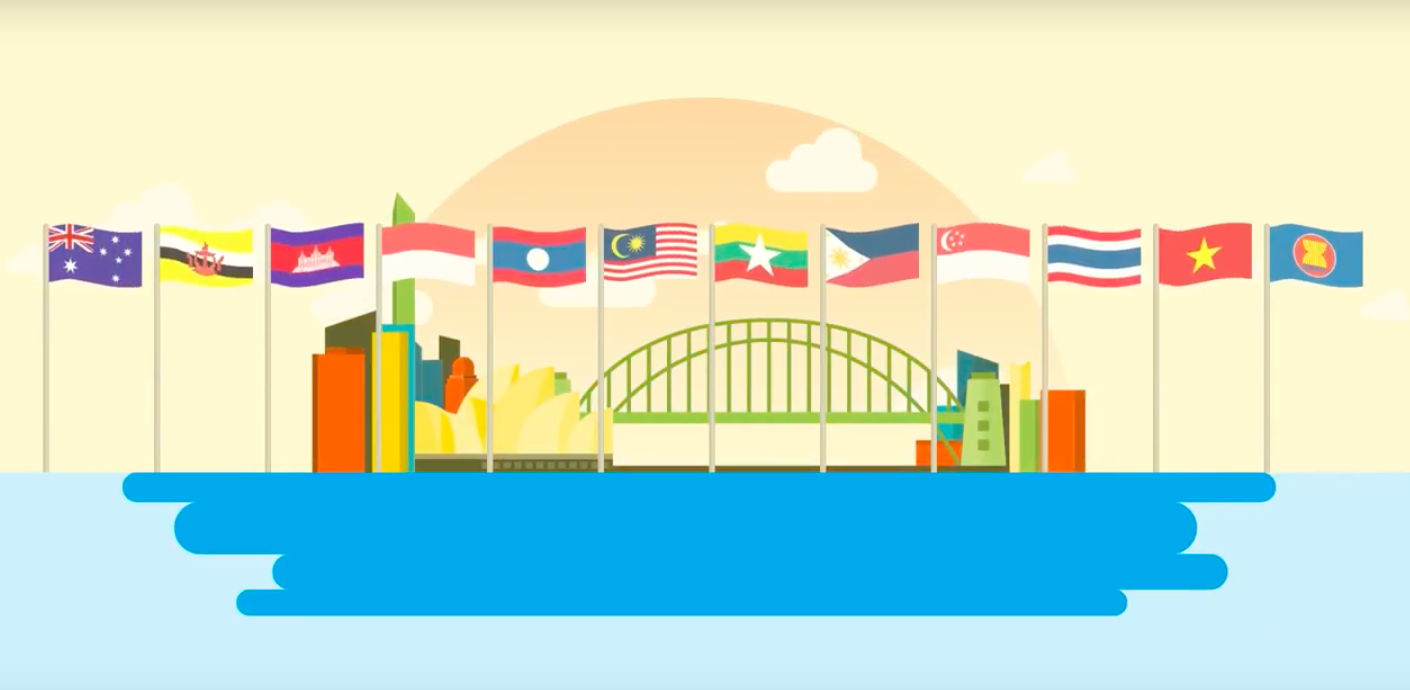Commentaries
The views expressed are the author's alone and do not constitute official positions of APPFI.
The views expressed are the author's alone and do not constitute official positions of APPFI.

In September 2016, Zack Cooper and Jake Douglas from U.S. think-tank CSIS categorized four U.S. perspectives in dealing with China, based on an assessment of Chinese intentions and power trajectory. They presented them at a conference on the “South China Sea (SCS) in the Broader Maritime Security of the Indo-Pacific,” held in Canberra. I had the great privilege of taking part in the conference, presenting a co-authored paper on the Philippine perspective on the SCS disputes. Though it had been in circulation much earlier, the then less-used geographic term “Indo-Pacific” later received greater currency more than a year afterwards, as President Trump laid out his vision for a “free and open Indo-Pacific.”

In November of last year, the world witnessed the US put forward new rhetoric in its foreign policy toward Asia. US President Donald Trump, towards the end of his 12-day five nation Asia tour, departed from usual US language and started referring to an “Indo-Pacific” region instead of “Asia Pacific”, a move which did not go unnoticed by analysts and observers in the region.
Senior White House officials, including National Security Adviser H R McMaster and US Secretary of State Rex Tillerson, repeatedly used the new term in their press briefings and speeches in the same period. It was evident that the usage of the new regional concept is a policy by the Trump administration intended to address growing concerns and rapid changes in the Asia Pacific.

Screenshot from ASEAN-Australia Special Summit 2018 Youtube Video
Philippine President Rodrigo Duterte’s decision to skip the ASEAN-Australia commemorative summit did not come as a surprise. Despite the warm gesture extended by Australian Prime Minister Malcolm Turnbull through a personal invitation, Duterte was unimpressed. Citing development issues as his main reason for staying put in Manila, Duterte is sending his top diplomat for the two-day summit instead. The firebrand leader’s decision to turn down the invite stems from his skepticism towards governments or states who have criticized his war on drugs.
Photo from: South China Morning Post
In July 2017, the Department of Labor and Employment (DOLE) revealed that there was a possibility for China to hire Filipino household service workers (HSWs) with a high salary of up to P100,000 per month. The claim was echoed by similar statements made by President Rodrigo Duterte in January, and by Labor Secretary Silvestre Bello in February 2018. Despite the lack of an official statement from the Chinese government, China is likely to open its doors to Filipino HSWs, albeit with restrictions, given the fast-growing demand and the pressing problems it is facing in its domestic household service industry. This paper aims to provide a brief analysis of the opportunities and potential pitfalls for Philippine deployment of HSWs to China.